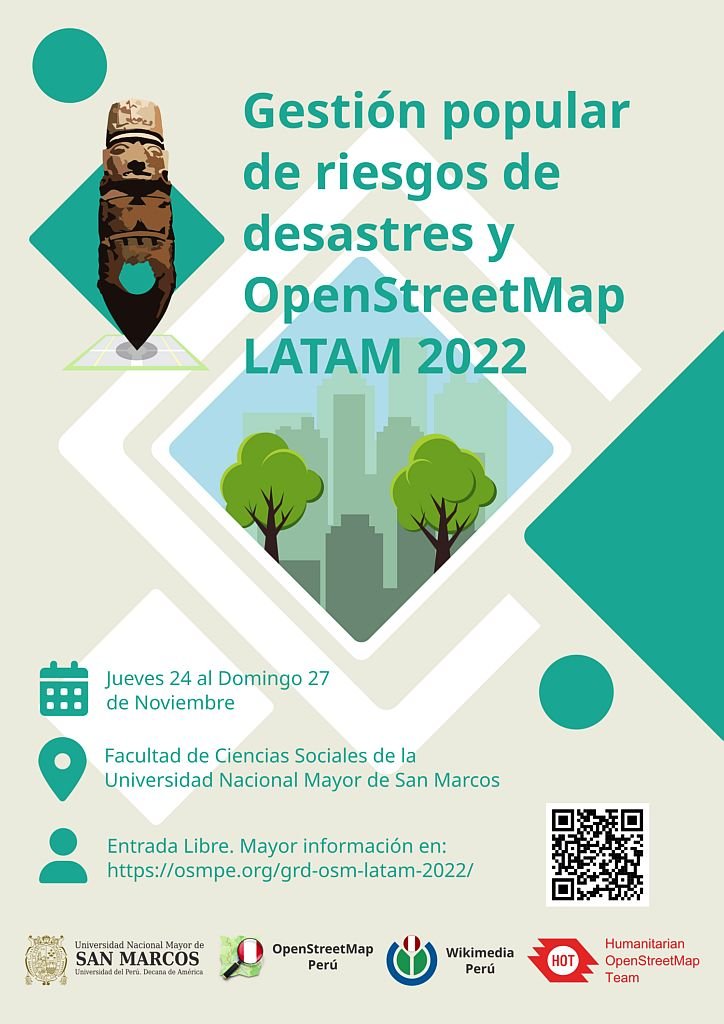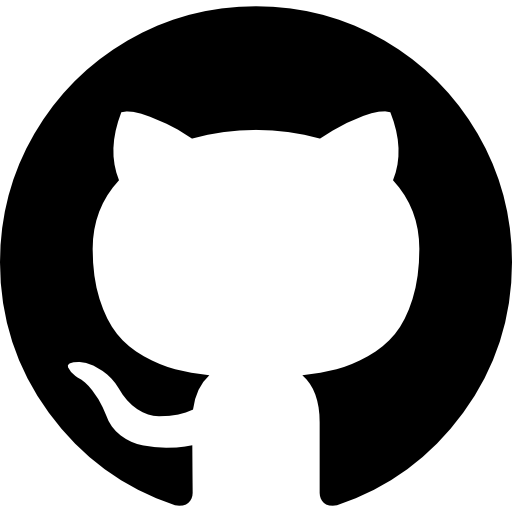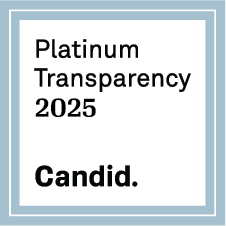GIRD+OSM Lima 2022: Creating a community around Risk Management and Open Mapping
Posted by Juan Arellano Valdivia • Dec. 27, 2022

Last November, the Grassroots Management of Disaster Risks and OpenStreetMap LATAM 2022 event was held in Lima, Peru. Let's learn a little more about what happened these days in Lima around open and community mapping.
HOT was founded in response to disasters, and while they can't be avoided, prevention measures can be taken to minimize losses. This is what specialists refer to as risk management and it is a subject that is worked on a lot in the OpenStreetMap community since having detailed information on the terrain and the environment of a region can be useful for decision-making in emergency situations.
Aware of this need, the OSM Peru community together with the San Marcos University (UNMSM) organized -from November 24 to 27, 2022- the event called Grassroot disaster risk management and OpenStreetMap LATAM 2022, which also had HOT’s support through the unSummit 2022 program.
Disaster risk management as a social process requires the broadest participation of society in order to be effective, timely and transformative. For its part, OpenStreetMap is the largest collaborative cartographic database in the world thanks to the participation of a community of creators and editors distributed throughout the planet.
It is not the first time that the OSM Peru community touches on this topic. Already in 2018 they co-organized the course: Participatory digital social cartography for the prevention and management of emergencies, impact mitigation and strengthening of community resilience, through which capacities were developed to implement social cartography methodologies of the OpenStreetMap ecosystem for the organization of citizen participation in situations of emergency.
On this occasion, the organizing team had been preparing for a few months. In July 2022 it was carried out a meeting where, in addition to presenting the Tasking Manager platform for collaborative mapping at the local level and presenting the results of the mapping of Amazonian indigenous territories in the Urubamba river area, the organizing team for the GIRD+OSM Latam unSummit event was launched.

Dialogue tables / Flying drones / Talking about open mapping
Finally, after months of coordination, on November 24 we gathered guests, attendees and organizers for the planned days of conferences, workshops and field trips that resulted in four days of learning, reflection and sharing, but especially in terms of creating a sense of community around open mapping and the various approaches that can be given.
Some of the highlights of the event included:
-
The interest of several of the participants in involving drones in their different strategies and training/mapping plans.
-
The rapprochement of the YouthMapper communities to the rest of the humanitarian mapping actors at the local and regional levels.
-
The immersion into the diversity of national problems that was possible due to the variety of attendees and speakers.
In short, it was a very successful event that allowed the local OSM community to expand and grow not only in terms of number of members but also in a variety of projects and scope in the short and medium term. In addition, having a long-term impact on attendees, especially young people, is limitless in terms of the potential possibilities.

Lectures on various aspects of Risk Management and humanitarian mapping
Testimonials
Rudyard Tarco, one of the speakers, presented information on road destruction, forest fires and climate change, observed from the activities he carries out in his walking community Desafio Andes in Cusco, Peru, useful information to react to emergencies in mountain environments. He commented:
The dialogue tables were important to find out what is being done with OSM on the subject of risk management and to learn more about the Latin American region with the development of selective mappings according to the specialties of the speakers. I emphasize that the workshops were interesting, [especially] because the event allowed us to talk more widely about the topics presented with the speakers, these conversations allowed us to broaden the topic as well as apply it to the particular interests of each participant.
Another of the exhibitors, the Argentine Emilio Mariscal, Engineer of the HOT Technical Team, spoke about the use of collaborative mapping in forest fires. Regarding the event he adds:
I learned a lot from the other participants, especially about how socio-natural disasters affect their communities and how they are adapting to them. It was a great opportunity to connect with other specialists in the use of technology for humanitarian purposes and share our knowledge and skills.
For his part Ulises Ibarra, a Mexican topographical engineer and member of the OpenDroneMap community, participated by contributing his experience on the subject of drones and explaining the workflow for processing drone images. About the event he wrote:
Some participants approached me showing interest in using the tools and participating in the OpenDroneMap community. I remember one of them in particular, the head of a local community. He told me that he is interested in making a map of his territory to comply with a procedure that would give him the possibility of having his community recognized as such by the State and thus have the benefits that this recognition grants them, such as public services, drainage, light, health, etc. In short, a manifestation of the power of self-management in all its splendor.
Finally Celine Jacquin, geographer and Head of the Latam Open Mapping hub, was present supporting the organization of the event. Between her conclusions she says:
My impression is also that something that the organizers were clear from the beginning -and it is reflected with the subsequent follow-up that is being given- was that this conference was not going to be only to present papers and talk, but it had to lead to solutions, broaden reflections, create contacts and synergies to help each other in a concrete way, motivate and remotivate. I feel that a good part of the attendees returned home with plans in their heads and having created a pleasant relationship with someone who can guide and support them. It is something that commonly occurs in community events, but I would say that the scale of this event and its focus on the same theme strengthened the ties even more.








